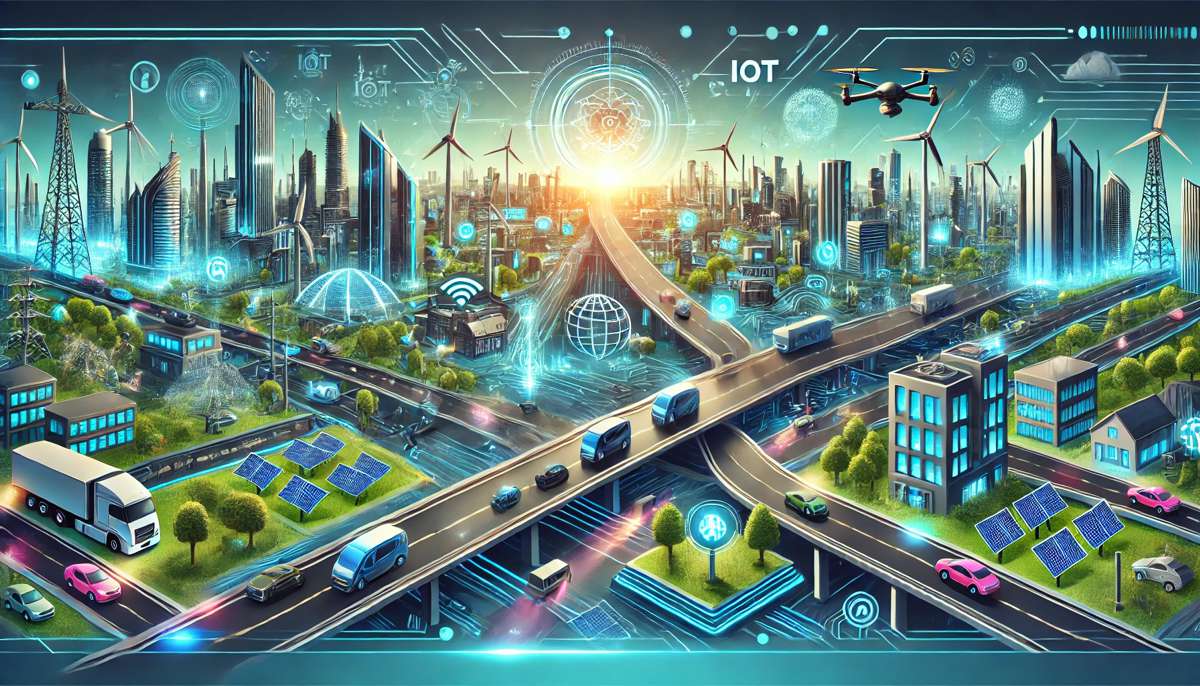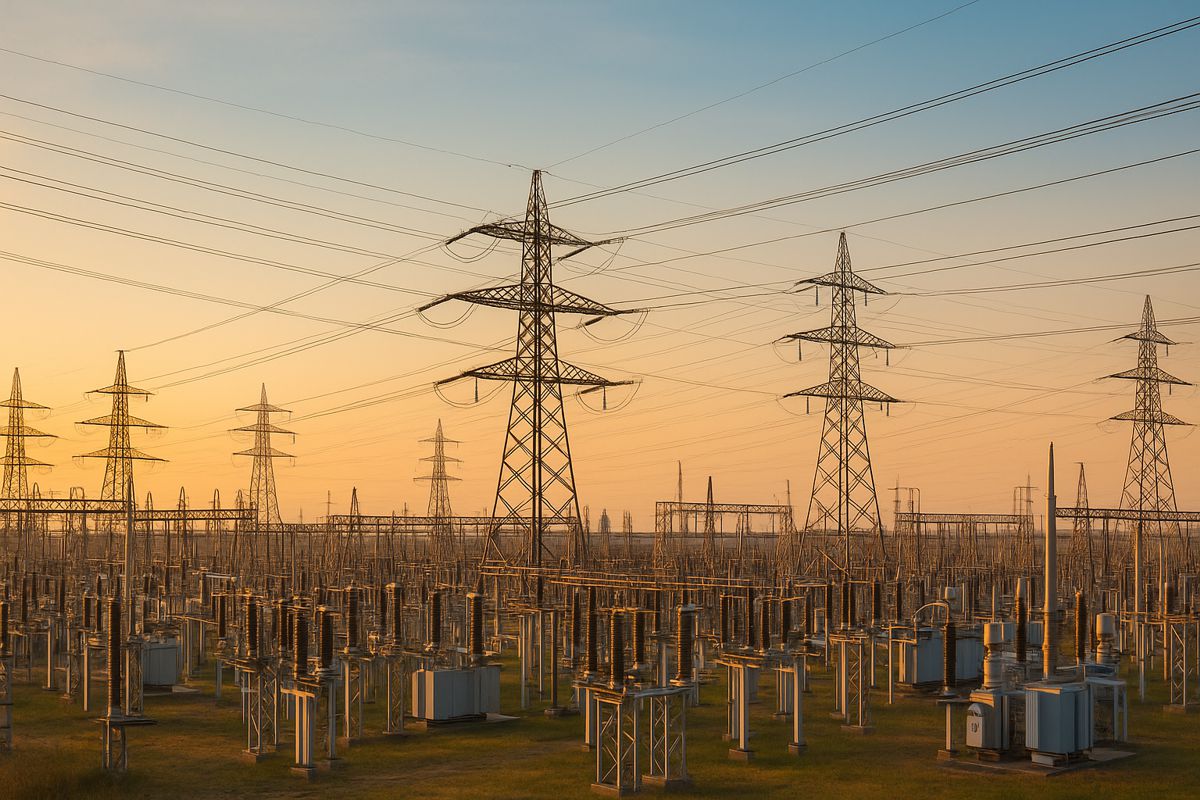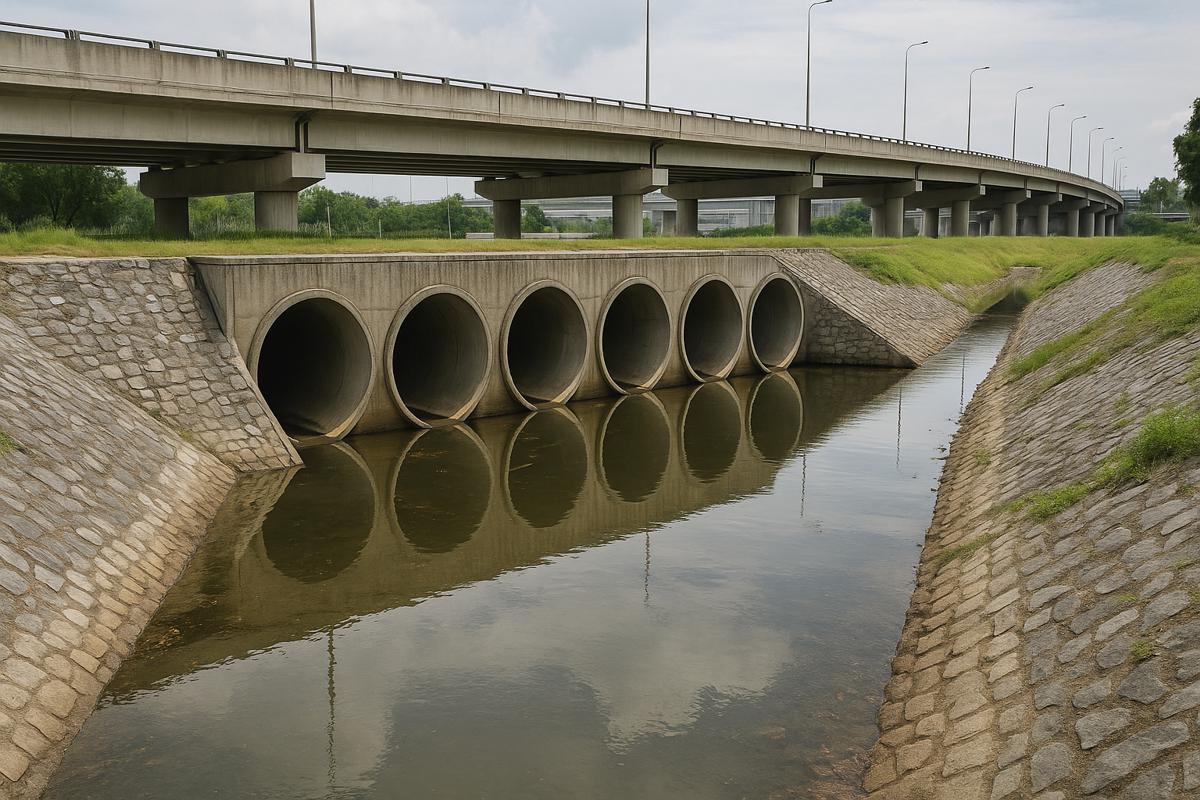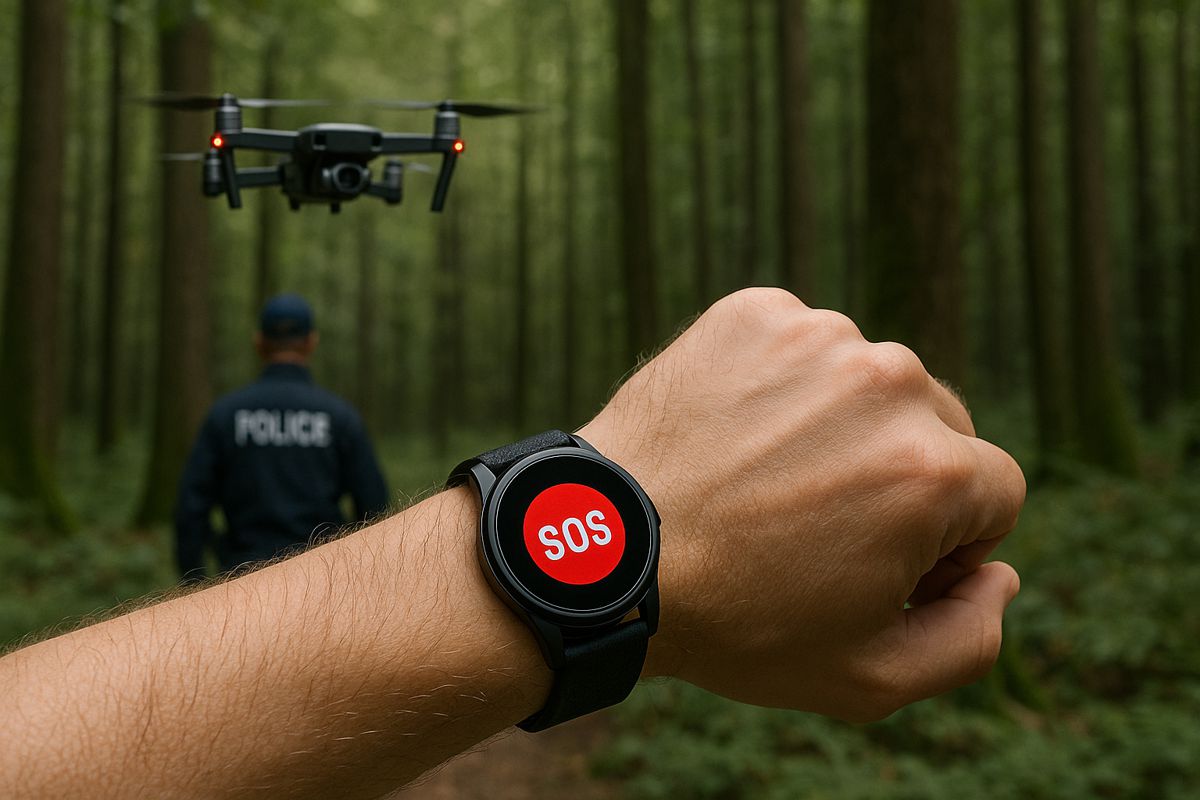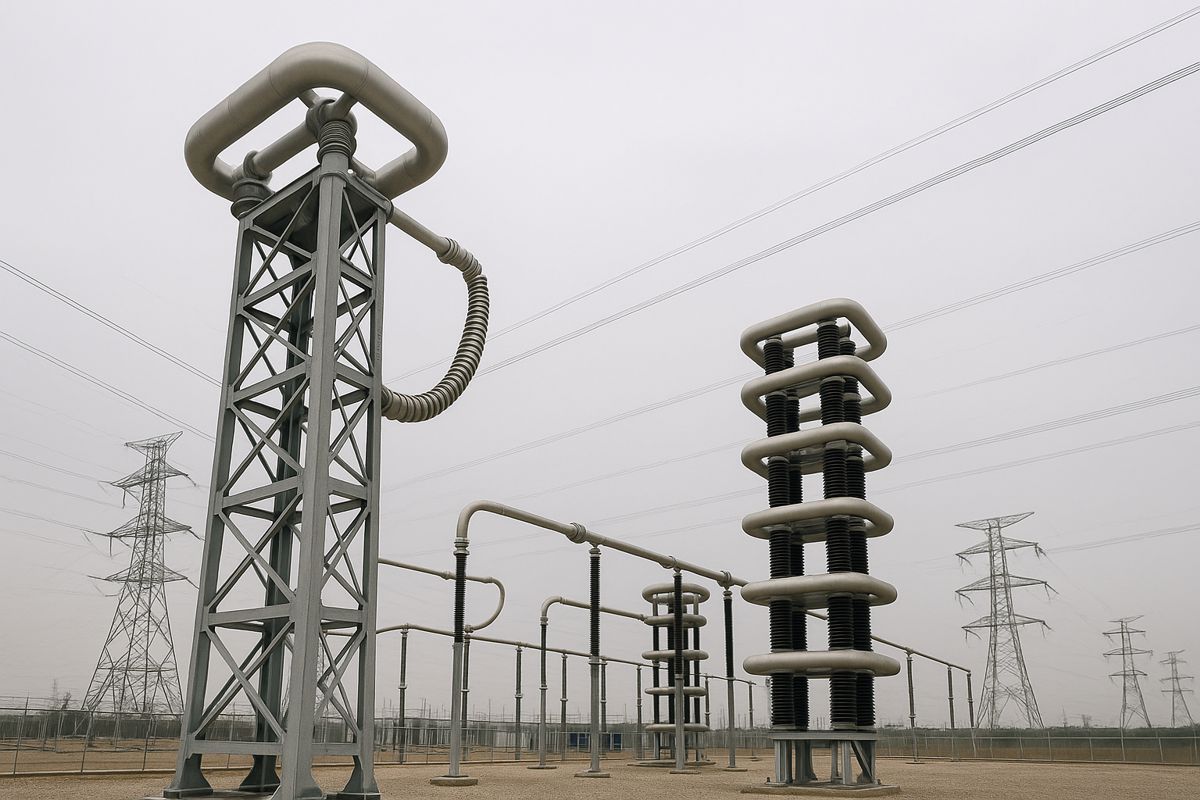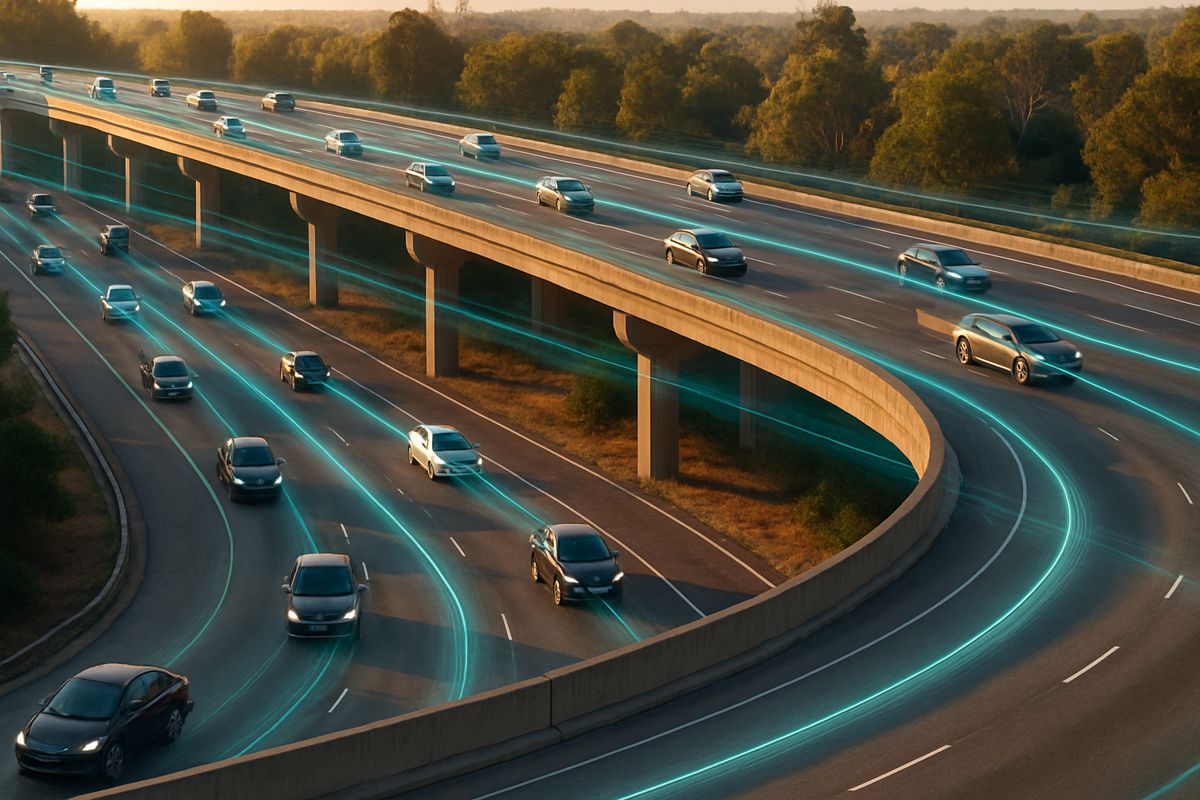From Highways to Production Lines: Keeping Equipment and Infrastructure Running Smoothly
Across business supply chains, fleet management and production facilities, the most efficient organizations are those with their data sources integrated to create a joined-up view of all processes. What are the advantages, and how do you ensure your departments run smoothly?
The dashboard is the business tool of the 21st century, and if you can view the inputs and outputs of your entire organization on a single screen, you have a huge advantage over companies that have to spend hours per day flipping between screens, spreadsheets, or wading through paperwork across different departments, and waiting for other offices to get back with updated information.
According to Gartner’s 2023 Logistics Functional Transformation Survey, over 80% of companies attempted logistics transformations in an effort to join up those dots, with most struggling to adopt the technology or processes required. But for those that succeed, the benefits are massive.
Keeping Track on the Highways
Supply chain, distribution and transportation are at the core of most businesses, and there’s a sense of sturdy reliability in the way things have been done for years or decades among many workers and management.
While the sense of tradition is noble and essential, see some of Dirk Beveridge’s excellent We Supply America episodes for real-world examples, digital business is slowly but surely taking over.
Between raw material or parts depots, warehouses and factories, there is a “living” chain of deliveries and movement, one that must be tracked and managed to ensure it is working at its most efficient. Firms can adopt software as a service (SaaS) solutions to speedily adopt a way to capture all their transport and supply data, aggregate it in one place, and respond to changes promptly or look for ways to improve efficiency by:.
- Improving production efficiency and refining processes and supply chain.
- Reducing wastage, scrap and time spent waiting for supplies.
- Saving on maintenance costs and making the wage bill more efficient.
- Helping the business adapt to dramatic changes or black swan events.
These systems are always up-to-date, adding new features like artificial intelligence (AI) to automatically make recommendations for improvement or provide predictive analysis for faults and failures. For fleet management and production floors, software can provide efficient routing, downtime tracking and earlier problem reporting, resulting in faster solutions.
While the transition from manual processes or legacy software can take time, and is sometimes painful to link old data silos. The benefits reach across the business, and potential customers or new partners seek a business that is on or near the cutting edge when it comes to production hardware, modern fleets with connected data logging, and software that provides management and leadership with the insights to make effective tactical and strategic decisions.
The Rise of the Internet of Things for Transportation and Beyond
The IoT represents a step forward alongside SaaS software, embedding sensors into vehicles, trailers, and cargo containers. They automate so many of the data gathering processes and work alongside factory or production floor robotic systems to improve supply and business efficiency.
Firms not adopting IoT will find themselves slower to react in a market that depends on seizing new opportunities quickly, and always be looking to make existing processes evermore efficient from warehouse to sales office.
Business and partners are also using the IoT beyond the production line, with supplies to retail stores, construction sites, offices, and other destinations also being tracked. This creates an end-to-end overview of a product from raw materials to sale, and after-care or follow-up sale needs. Transport and factory businesses need to be connected to work with these progressive firms.
They should also have an awareness of downstream technologies, like Near Field Communication (NFC) sensors that can be attached to supplies to local depots and individual stores, these allow for flexible pricing for bulk and end buyers, depending on market conditions, down to personalised deals sent to consumers. This can lead to boosted orders where these initiatives prove a success, all automatically arranged and booked all the way back down the supply chain.
The Changing Face of Transport and Traffic
With road and air transport drones, e-mobility initiatives and smart city traffic management plans taking hold, companies will also need to integrate these systems into their delivery and supply chain plans.
Robotic vehicles can deliver the right parts to the right place on a production line from a distant factory, without human intervention, and if there’s a supply delay the production line can slow production to keep going until the next. Or AI can automatically source an alternate supply to keep production moving at normal speed.
All of these ideas only work in a connected transport and production environment, and while these ideas might seem to be hot in Asia and the Middle East for now, if American and US suppliers and industries wish to remain competitive, they are something that must be adopted.
We’ve already seen the west adopt robotic warehouses and it is a simple extension to see connected vehicles delivering to and from these mega-buildings, with perhaps a driver taking a fleet of supply drones on a truck to a central location where the drones go on local delivers, with returning drones carrying empty packaging, faulty goods or parts and returns back to base.
No matter what the scale or nature of the business, all of these computer-enabled and -powered systems are coming to operate in your market. The sooner a business can adopt them, the more competitive they will become, and the more deals they can win. Also, they can deliver examples of best practices that mark them as both industry and thought leaders, improving their stock in highly competitive industries.
All of this effort must be managed in a highly secure, flexible and redundant environment. So that when that inevitable outage or downtime occurs, or worse, a hacking beach, the company can continue to operate until the flashing system lights come back on. That’s the added complexity that a lot of operators fear, and where managers and leaders must be sold on the reliability of such systems. But, once installed, and the benefits become clear, there is no going back.
